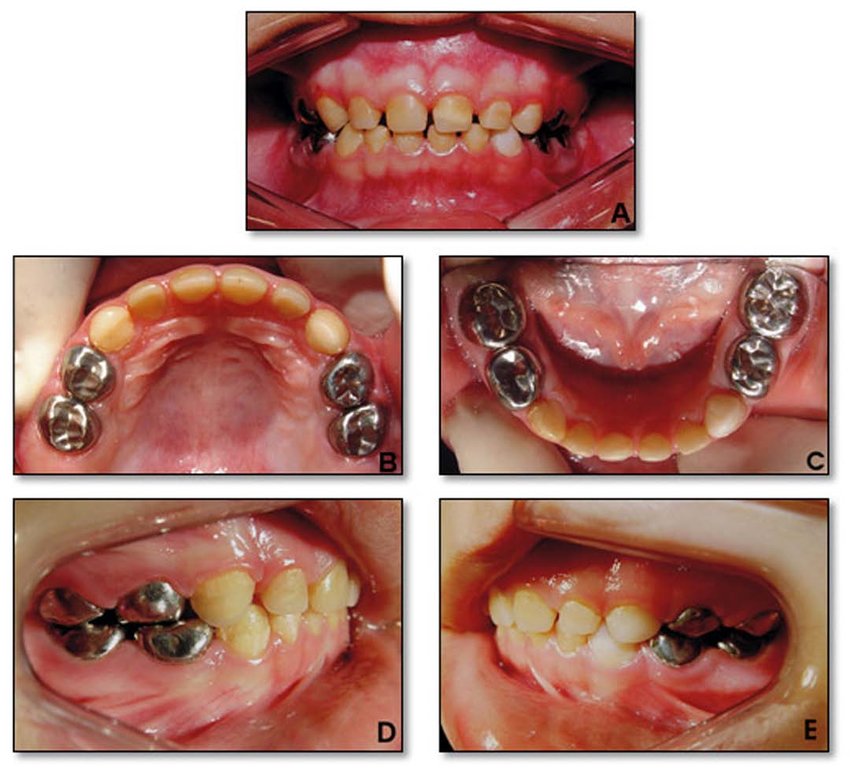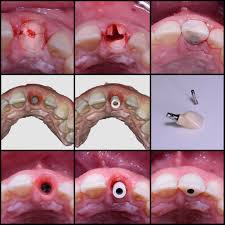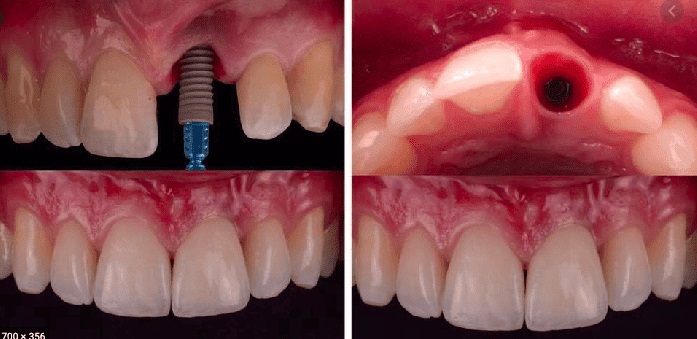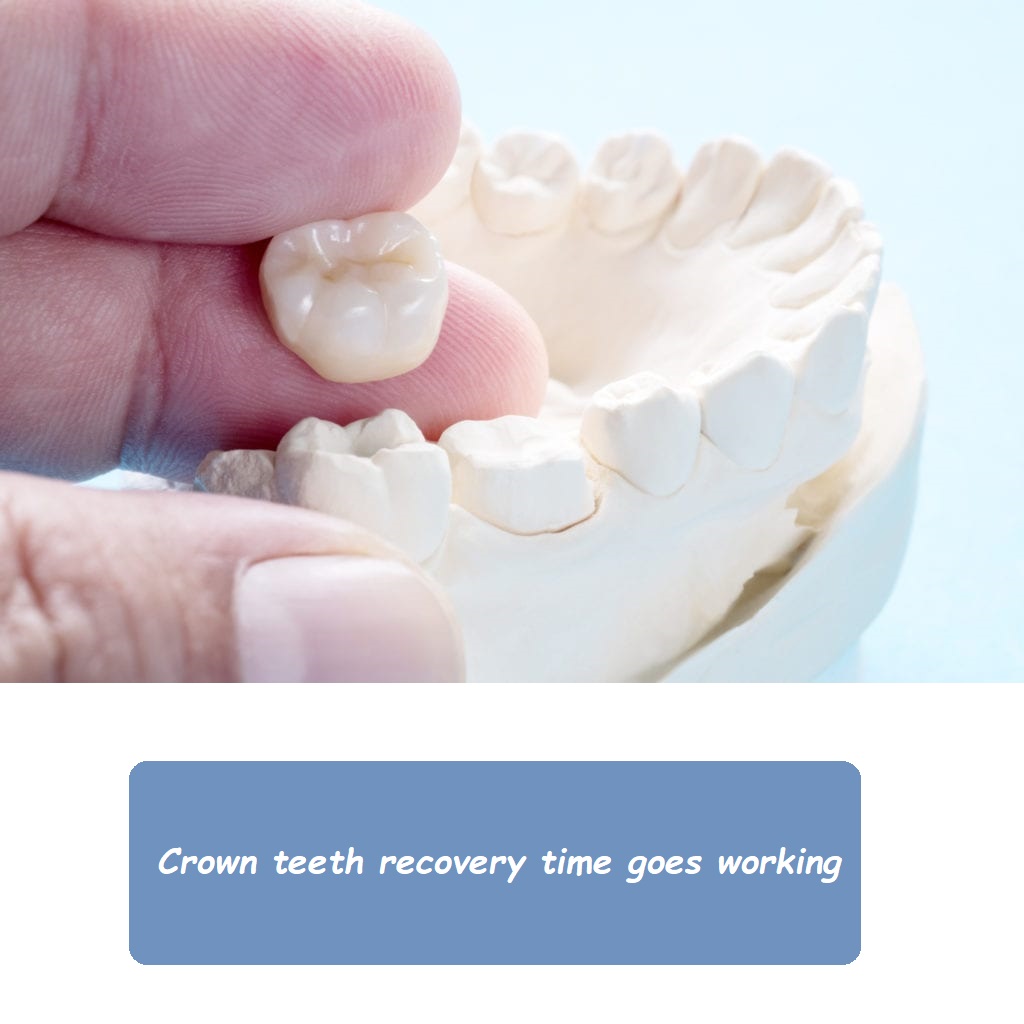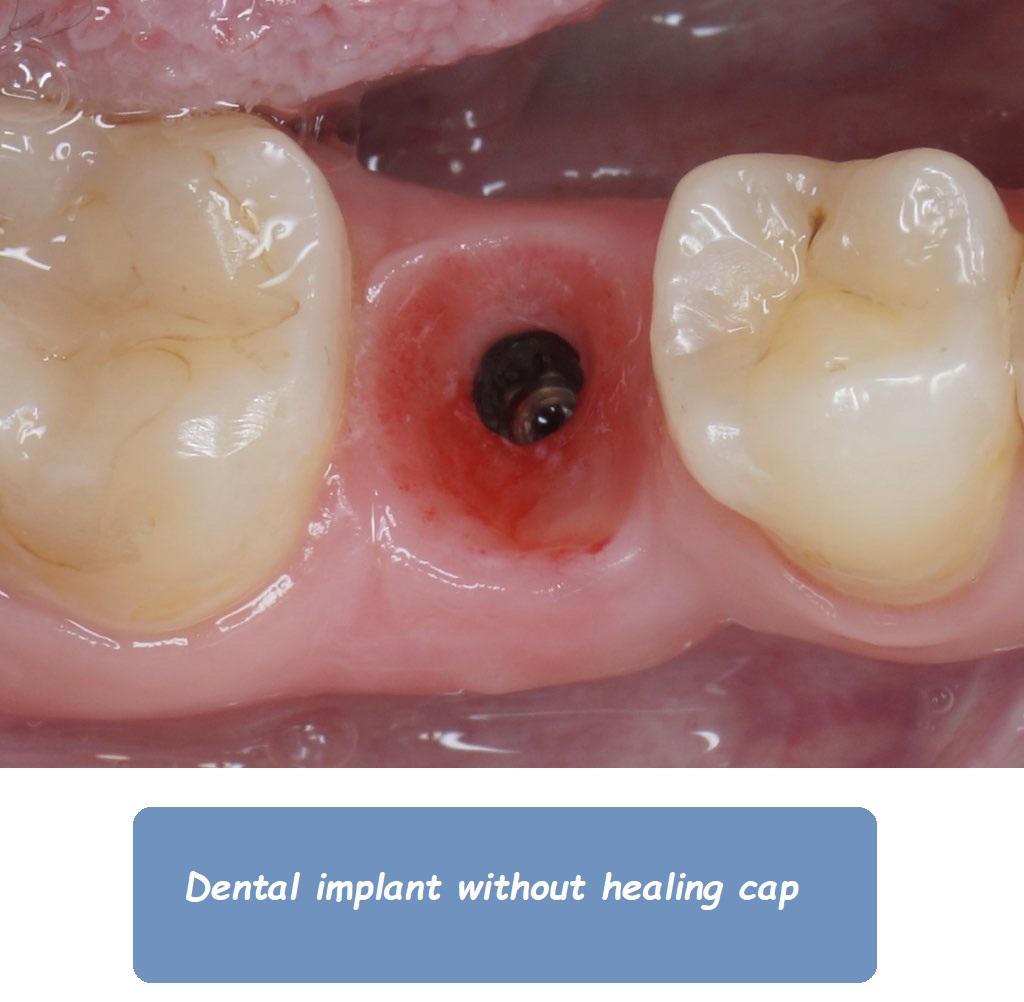Crown on implant procedure

Dental implants have become the gold standard for replacing missing teeth, offering a durable, natural-looking solution that can last a lifetime. One crucial component of this solution is the crown that sits atop the implant, mimicking the appearance and function of a natural tooth. If you’re considering a dental implant or have recently undergone the procedure, understanding the crown on implant procedure is essential. This guide will take you through everything you need to know, from the initial stages to aftercare.
What Is a Crown on an Implant?
A crown on an implant is the visible part of a dental implant that looks and functions like a natural tooth. The implant itself is a titanium post surgically placed into the jawbone, serving as the root of the tooth. The crown is the custom-made tooth that attaches to this implant, providing the final, aesthetic component of the implant.
Why Is the Crown Important?
The crown is crucial because it restores the appearance of your smile and the functionality of your bite. It’s designed to blend seamlessly with your natural teeth, so no one will know that it’s an implant unless you tell them. The crown also protects the underlying implant and ensures that you can chew, speak, and smile confidently.
The Steps Involved in Getting a Crown on an Implant
The crown on implant procedure typically involves several steps, each critical to the success of the implant. Let’s explore each stage in detail.
1. Initial Consultation and Examination
Before the crown is placed, you will undergo a thorough consultation and examination with your dentist or oral surgeon. This stage involves:
- X-rays and 3D Imaging: These tools help your dentist assess the health of your jawbone and determine the precise placement of the implant.
- Discussion of Options: Your dentist will discuss the different materials available for the crown (such as porcelain or zirconia) and help you choose the best option based on your needs, preferences, and budget.
2. Implant Placement
The next step is the placement of the dental implant. This is a surgical procedure where the titanium post is inserted into your jawbone. Here’s what to expect:
- Anesthesia: The procedure is typically performed under local anesthesia, but sedation options are available for those who are anxious.
- Surgical Placement: The dentist or oral surgeon will make an incision in the gum to expose the bone, then drill a small hole to place the implant securely.
- Healing Period: After the implant is placed, there’s a healing period of several months. During this time, the implant fuses with the bone in a process called osseointegration, creating a strong foundation for the crown.
3. Placement of the Abutment
Once the implant has fully integrated with the bone, an abutment is placed. The abutment serves as a connector between the implant and the crown. Here’s how this step works:
- Exposure of the Implant: If the implant is covered by gum tissue, your dentist will make a small incision to expose it.
- Attachment of the Abutment: The abutment is then attached to the implant. This part of the procedure is usually quick and involves minimal discomfort.
- Gum Healing: The gums may need a few weeks to heal around the abutment before the final crown can be placed.
4. Taking Impressions for the Crown
Once the abutment is in place and the gums have healed, your dentist will take impressions of your mouth. These impressions are used to create a custom crown that matches the shape, size, and color of your natural teeth.
- Digital or Physical Impressions: Some dentists use digital scanners to create 3D models of your mouth, while others use traditional putty impressions.
- Temporary Crown: In some cases, a temporary crown may be placed while the permanent one is being made. This temporary crown protects the abutment and ensures that you can eat and speak comfortably.
5. Placement of the Permanent Crown
The final step is the placement of the permanent crown. This is the moment when your implant restoration is completed, and you can fully enjoy the benefits of your new tooth.
- Fitting the Crown: Your dentist will ensure that the crown fits perfectly, making any necessary adjustments to achieve the right bite and alignment.
- Securing the Crown: The crown is then secured to the abutment, either with dental cement or a screw, depending on the type of crown used.
- Final Adjustments: Your dentist will check your bite and make any final adjustments to ensure comfort and functionality.
Types of Crowns Used on Implants
Not all crowns are created equal, and the type of crown you choose can impact both the appearance and longevity of your implant. Here’s a look at the most common types of crowns used in implant dentistry.
1. Porcelain Crowns
Porcelain crowns are popular due to their natural appearance. They are made to match the color of your existing teeth and offer a high level of aesthetic appeal. Porcelain crowns are particularly well-suited for front teeth, where appearance is a priority.
2. Porcelain-Fused-to-Metal (PFM) Crowns
PFM crowns combine the aesthetic appeal of porcelain with the strength of metal. These crowns have a metal core covered with porcelain, offering a balance of durability and appearance. However, over time, the metal might show through the porcelain, especially at the gum line.
3. Zirconia Crowns
Zirconia crowns are made from a type of ceramic known for its strength and durability. These crowns are often used for molars or areas where the crown must withstand significant pressure. Zirconia crowns also offer excellent aesthetics and are less likely to chip compared to porcelain.
4. All-Metal Crowns
All-metal crowns, usually made of gold or other alloys, are incredibly durable and resistant to wear. While they don’t match the color of natural teeth, they are an excellent option for back teeth where strength is more important than appearance.
Benefits of a Crown on an Implant
Getting a crown on an implant offers numerous benefits, making it one of the most popular choices for tooth replacement. Here’s why:
1. Natural Appearance
A well-crafted crown on an implant is virtually indistinguishable from your natural teeth. It can be color-matched to blend seamlessly with your existing teeth, ensuring a beautiful, natural-looking smile.
2. Durability
Implant-supported crowns are highly durable, often lasting 15 years or more with proper care. The implant itself can last a lifetime, making it a long-term investment in your oral health.
3. Functionality
Crowns on implants restore full functionality to your mouth, allowing you to eat, speak, and smile with confidence. Unlike dentures, they do not shift or move, providing stability and comfort.
4. Preservation of Jawbone
One of the key advantages of dental implants is that they help preserve the jawbone. When a tooth is lost, the bone that supported it begins to deteriorate. Implants stimulate the bone, preventing bone loss and maintaining facial structure.
5. No Impact on Adjacent Teeth
Unlike traditional bridges, which require the alteration of adjacent teeth for support, crowns on implants do not affect surrounding teeth. This preserves the natural tooth structure and reduces the risk of further dental issues.
Potential Complications of Crown on Implant Procedure
While the crown on implant procedure is generally successful, it’s important to be aware of potential complications that can arise.
1. Peri-Implantitis
Peri-implantitis is an infection of the tissues surrounding the implant, similar to gum disease. It can lead to inflammation, bone loss, and in severe cases, implant failure. Maintaining good oral hygiene and regular dental check-ups are essential to preventing this condition.
2. Crown Loosening
In some cases, the crown may become loose over time. This can happen if the cement holding the crown weakens or if the screw-retained crown becomes loose. If you notice your crown feels loose, it’s important to see your dentist as soon as possible for an adjustment.
3. Bite Misalignment
If the crown is not properly aligned with your bite, it can cause discomfort, uneven wear on surrounding teeth, or even jaw pain. Your dentist will carefully check the alignment during placement, but if you notice any issues afterward, adjustments can be made.
4. Chipping or Cracking
While crowns on implants are designed to be durable, they can still chip or crack, especially if subjected to excessive force. Avoiding hard or sticky foods and using a night guard if you grind your teeth can help protect your crown.
5. Allergic Reactions
Though rare, some patients may experience allergic reactions to the materials used in the crown, particularly metal. If you have known metal allergies, discuss this with your dentist so that alternative materials can be used.
Caring for Your Crown on Implant
Taking care of your crown on implant is essential to ensure its longevity and maintain your oral health. Here are some tips to keep your implant and crown in top condition:
1. Maintain Good Oral Hygiene
Brush your teeth at least twice a day and floss daily to keep your mouth clean and prevent plaque buildup around the implant. Consider using a toothbrush with soft bristles and toothpaste that is non-abrasive to protect your crown.
2. Regular Dental Check-ups
Visit your dentist regularly for check-ups and professional cleanings. These visits are important for monitoring the health of your implant and crown, as well as detecting any potential issues early.
3. Avoid Hard Foods
While your crown on implant is strong, it’s still a good idea to avoid biting down on very hard objects, such as ice or hard candies, which could damage the crown.
4. Use a Night Guard
If you grind or clench your teeth at night (a condition known as bruxism), wearing a night guard can protect your crown and implant from excessive wear and damage.
5. Watch for Changes
Be vigilant about any changes in how your crown feels, looks, or functions. If you notice any issues, such as looseness, discomfort, or changes in your bite, contact your dentist promptly.
The Cost of a Crown on Implant Procedure
The cost of getting a crown on an implant can vary depending on several factors, including the type of crown, the materials used, and your geographic location. On average, you can expect to pay between $1,000 and $3,000 per crown, in addition to the cost of the implant and abutment.
Factors Affecting the Cost
- Material of the Crown: Zirconia and porcelain crowns tend to be more expensive than metal or PFM crowns.
- Geographic Location: Dental procedures may cost more in urban areas or regions with a higher cost of living.
- Dentist’s Expertise: Dentists with extensive experience and specialized training may charge more for their services.
Insurance and Financing Options
Many dental insurance plans cover a portion of the cost of the crown on implant procedure, particularly if it’s deemed medically necessary. However, coverage varies widely, so it’s important to check with your insurance provider. Additionally, many dental offices offer financing options to help make the procedure more affordable.
Comparing Crown on Implant with Other Dental Restoration Options
When considering a crown on an implant, it’s helpful to compare it with other dental restoration options to make an informed decision.
1. Crown on Natural Tooth
A crown can also be placed on a natural tooth that has been damaged or weakened. However, this option requires sufficient natural tooth structure to support the crown, and it may not be suitable for teeth that are severely compromised.
2. Traditional Dental Bridge
A traditional dental bridge is a non-implant option that uses adjacent teeth to support a false tooth (pontic). While it can be less expensive upfront, a bridge requires altering the surrounding teeth and may not offer the same durability as an implant-supported crown.
3. Dentures
Dentures are removable appliances that replace multiple missing teeth. While they can be a cost-effective solution, they often lack the stability, comfort, and natural appearance of an implant-supported crown.
4. Implant-Supported Bridge
An implant-supported bridge is similar to a traditional bridge but is anchored by implants rather than natural teeth. This option is ideal for replacing multiple missing teeth and offers greater stability and durability than a traditional bridge.
Conclusion: Is a Crown on Implant the Right Choice for You?
A crown on an implant is a highly effective, long-lasting solution for replacing missing teeth, offering a combination of strength, functionality, and aesthetics that few other options can match. If you’re missing a tooth and looking for a solution that will restore your smile and your confidence, a crown on implant may be the right choice for you.
However, it’s important to consult with your dentist to determine the best treatment plan based on your individual needs, oral health, and budget. With the right care and maintenance, a crown on implant can provide you with a beautiful, functional smile for many years to come.
Have Questions About the Crown on Implant Procedure?
If you’re considering a crown on implant or have already started the process and have questions, don’t hesitate to reach out to your dentist. They can provide personalized advice, guide you through each step of the procedure, and help you achieve the best possible outcome.




